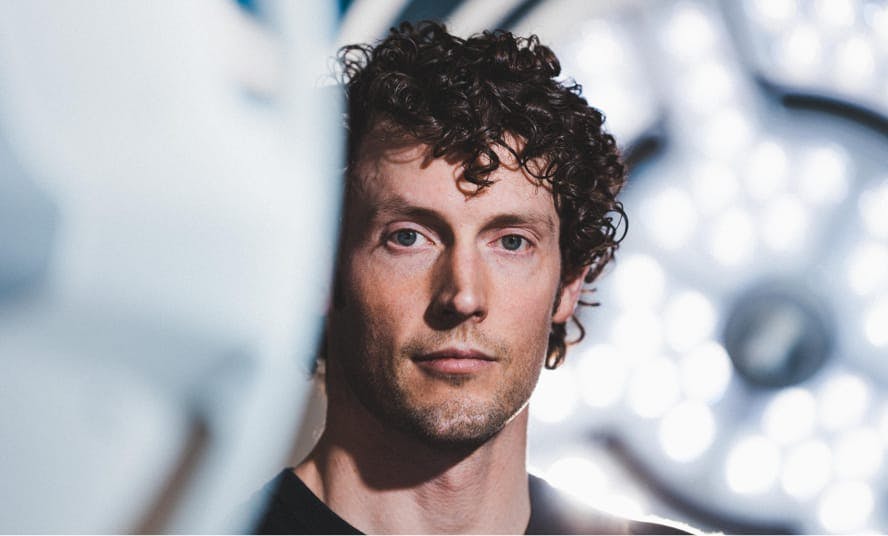
Both the soft tissue fat pads of our cheeks and the underlying bony structure change as we age. As the fat pads sink, shrink, and redistribute – the underlying bony structure also recedes, creating underprojection, concavity, shadows, devolumization and sagging of the cheek.
Facial implants had long been the lone option for treatment of under-projected and sinking cheeks, but these surgeries have high rates of reoperation with the implantation of an artificial structure for bony augmentation, and these high reoperation rates are unacceptable.
Dr. Chesnut is very modernly trained and of the new-school philosophy that the longer acting fillers have a much more natural look with a safety profile that is unmatched when compared with implantation surgical procedures. With the duration of these fillers often being several years, they are often replacing implants with the younger generations of surgeons.
A significant portion of Dr. Chesnut’s practice involves the correction of filler when patients are unhappy with prior procedures. With the widespread popularity of cheek augmentation with fillers, this is the most common area that Dr. Chesnut has to correct.
The current fillers available on the market are like tools a the toolbox, and certain ones are better utilized for this area. Just as you would not pound in a nail with a screwdriver, there are certain products that perform best for cheek augmentation. Commonly used fillers for this bony augmentation include Voluma, Restylane Lyft, Radiesse, Bellafill and others.



